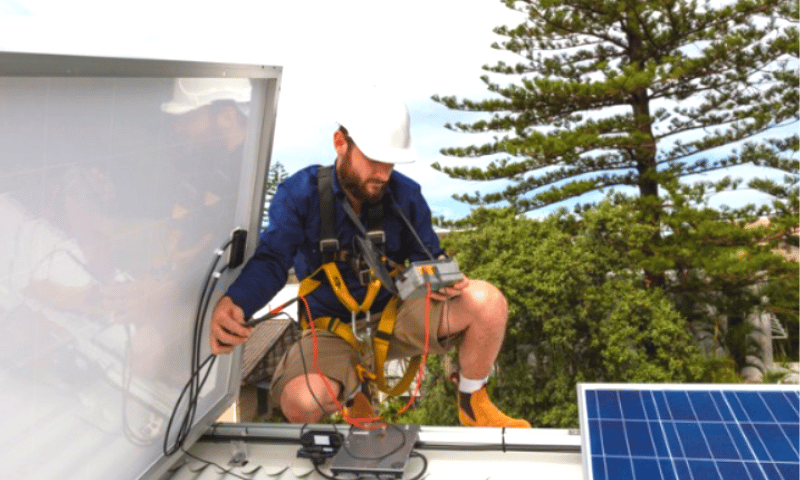
It’s amazing how crucial correct wire sizing is in a wind turbine or solar PV system! If your cable is too thin, it can severely impact the performance and even be a safety issue!
Have you ever attempted to use a thin straw to sip a thick shake? Not that effective, is it? You can only fit so much through the straw at once, no matter how hard you try. Change that straw to one with a greater diameter and the thick shake goes down a treat!
You experience the expected flow. This comparison is excellent for describing voltage drop and B&S/AWG cable sizing.
What is an electrical wire gauge?
The thickness of a wire is referred to as a wire gauge. Electrical resistance and the wire’s capacity to handle current can be determined using a wire gauge. Metric Wire Gauge (MWG) and American Wire Gauge are the primary standards for describing wire gauge (AWG). Another widely used gauge is called B&S, which stands for Brown & Sharpe and is equivalent to AWG (AWG = B&S).
In Australia, B&S is frequently used for thicker wires. B&S is another way to describe the wire gauge and uses the same gauge definitions as AWG.
Why are B&S cable sizes important?
Insufficient diameter wire between your solar panels and the solar regulator or charge controller can cause excess heat generation. This is not only wasted electricity (also known as line loss) but is a fire hazard. The undersized cable used between the deep cycle battery and your appliances can cause symptoms such as light dimming and unexpected equipment shutdowns.
It’s incredibly important not to skimp on your wiring in your solar energy system. If you buy undersized or poor quality wiring, you’ll likely be replacing it soon, so cheap wire can cost you more in the long run.

Calculating wiring size
If you’re not sure what wire size you need, try our DC cable sizing calculator – based on your input of how many amps will be running over what distance, the calculator will provide you with a guide in mm2, which is a cross-sectional measurement and the wire sizing we use for cabling. Note that this is a very different measurement than the standard millimetre diameter. You can use the cable size chart mm2 or B&S cable size chart below if you need to convert from that standard to another standard, such as AWG, an inch or millimetre diameter.
Wire size conversion - B&S cable size chart
You should shop for the electricity supply deal that best meets your requirements. Energy Matters provides a FREE energy comparison service that instantly displays the best available deals for your home and business. You can then choose to make the switch!















































